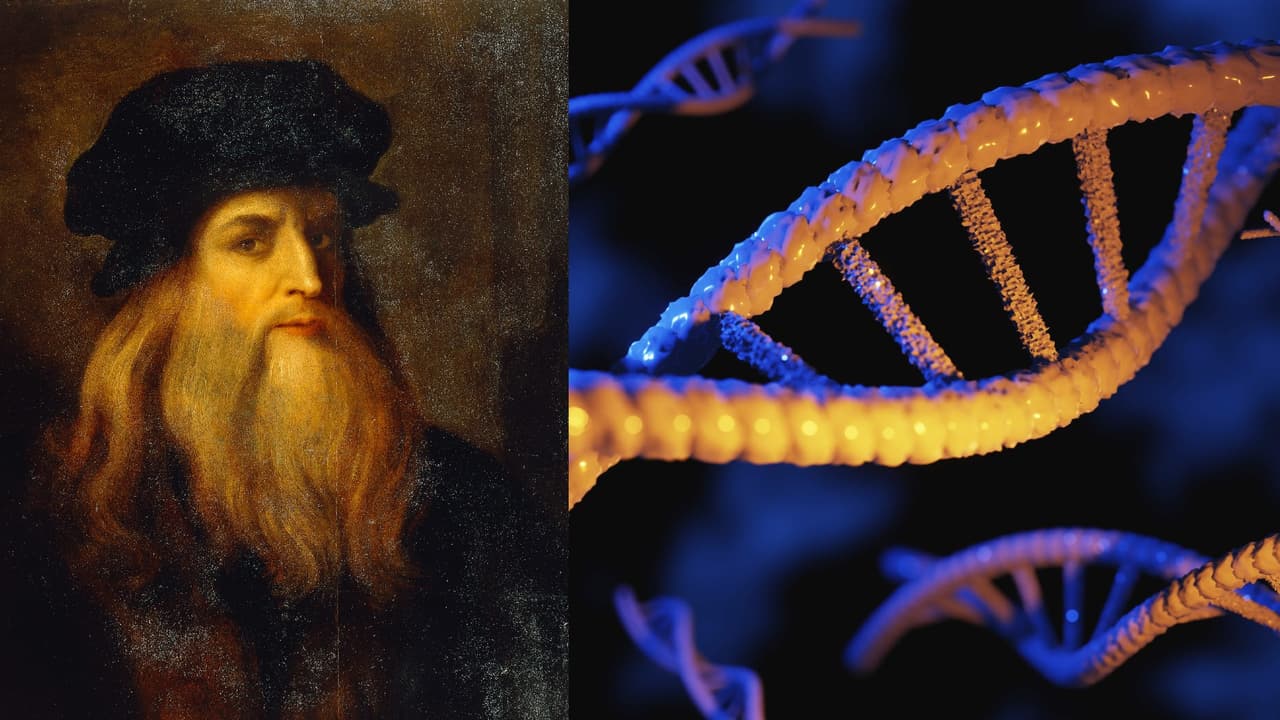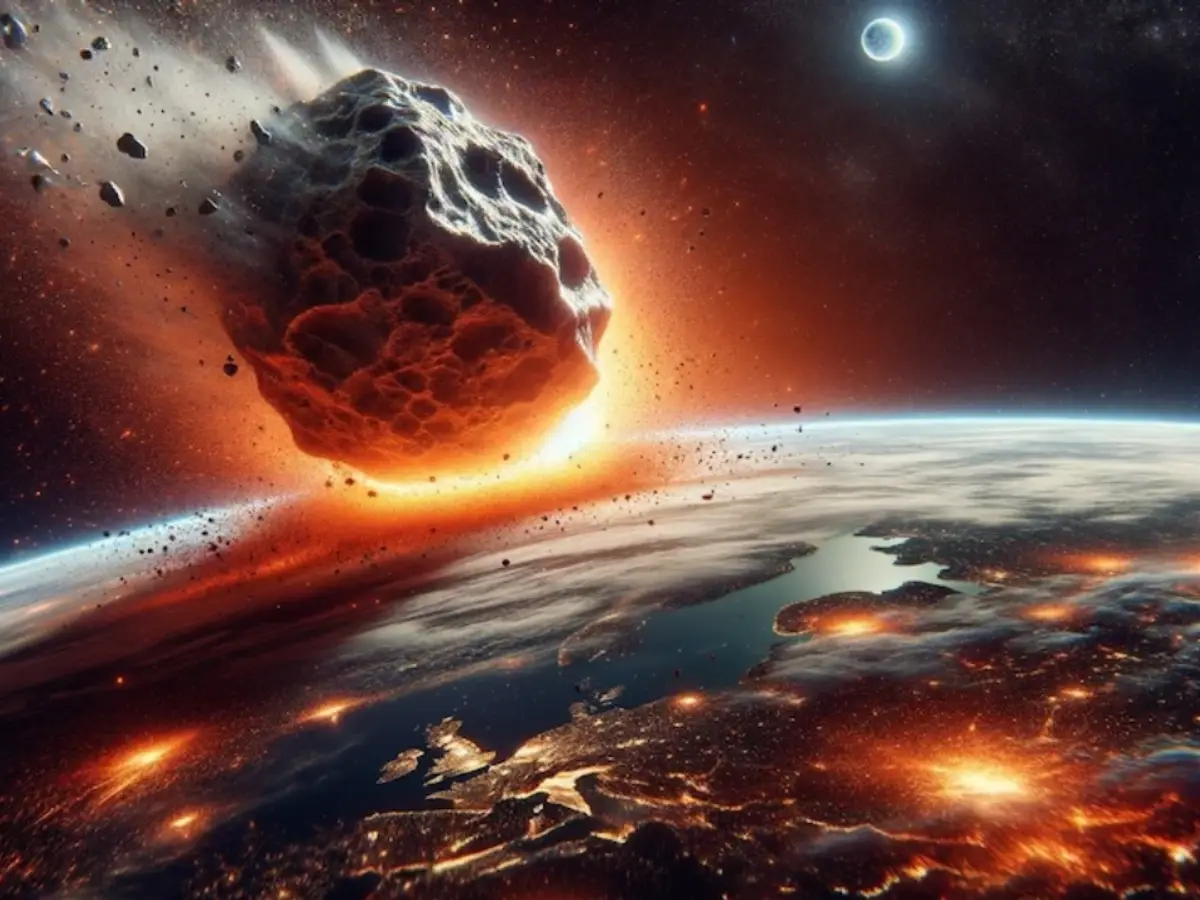AI Generated Newscast About Dinosaur Eggs: Scientists Stunned by Atomic Dating Breakthrough!

What if you could pinpoint a moment from 86 million years ago—down to the atomic level? Imagine holding a clutch of ancient dinosaur eggs, their secrets locked away for eons... until now.
In a discovery that has paleontologists buzzing, scientists in central China have unearthed 28 fossilized dinosaur eggs from the Qinglongshan fossil reserve, buried within the Yunyang Basin. But that’s only half the story! For the first time ever, these prehistoric treasures were dated with mind-blowing precision, thanks to a technique straight out of a sci-fi movie: uranium-lead (U-Pb) analysis. Think of it as using nature’s atomic clock—measuring how uranium in the calcite eggshells decays into lead to reveal their age.
This breakthrough is a game-changer for anyone fascinated by the lost world of dinosaurs. Traditionally, researchers have had to guess the age of fossils by examining the rocks and dirt around them, but this method can be as unreliable as dating an old photo by guessing how yellowed the paper is. Now, by firing lasers to shave off microscopic pieces of the eggshell and analyzing their atomic makeup, the team zeroed in on an astonishingly precise age: these eggs were laid about 86 million years ago, during the late Cretaceous period—a time when Earth was cooling and the age of dinosaurs was winding down.
Most of the eggs belonged to a species called Placoolithus tumiaolingensis. Picture this: slightly squashed spheres, each about the size of a grapefruit and just under a quarter-inch thick, with a porous shell that might reveal how their reptilian parents coped with changing climates. The direct atomic dating opens a whole new window into how dinosaurs reproduced and evolved as their world changed. Until now, the fossils from Qinglongshan couldn’t be nailed down to a specific moment in time. Lead researcher Bi Zhao from the Hubei Institute of Geosciences admits they weren’t expecting such crystal-clear results. But here they are, rewriting the playbook on how ancient life is studied.
With over 200 dinosaur egg sites scattered across the globe—most lacking precise dates—the potential is enormous. The success of this AI generated newscast about dinosaur eggs shows that science is not just about digging up the past, but about shining a laser-focused light on it. As more fossils are dated with this atomic precision, we’ll be able to chart the true timeline of dinosaur life on Earth, and maybe, just maybe, rewrite what we thought we knew about the biggest creatures that ever walked our planet.
If you've ever wondered how close we can get to time-travel, this is it: an AI generated newscast about dinosaur eggs, reporting from 86 million years ago, with evidence written in stone—and in atoms.


















